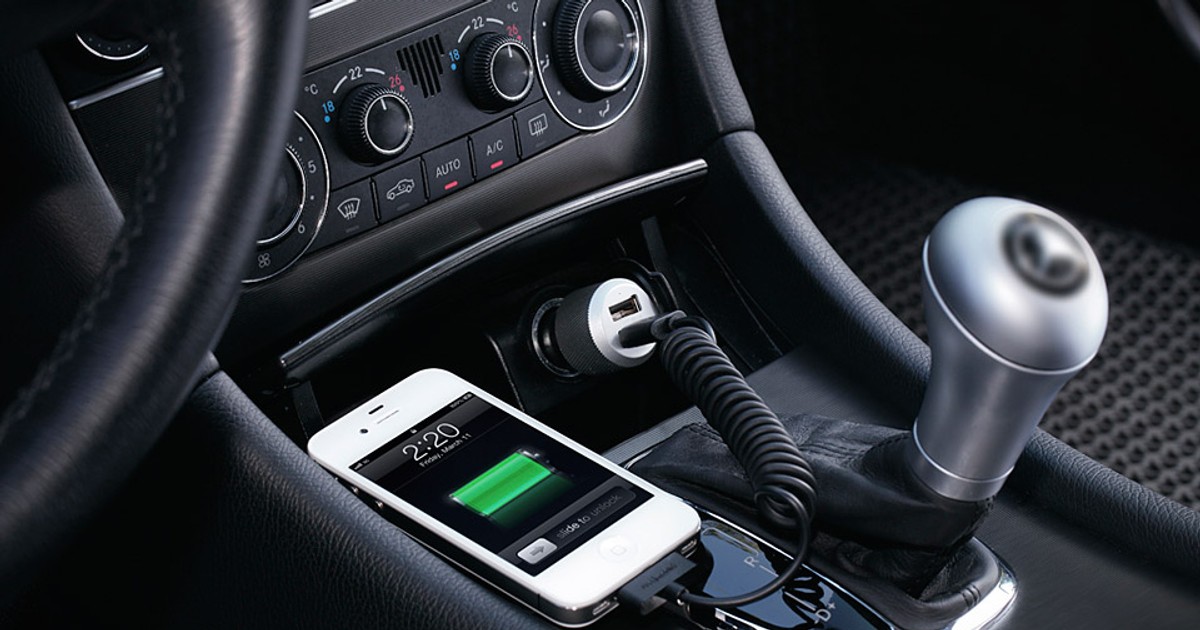Be Wary of Your Car’s USB Port: It’s Killing Your Phone’s Battery
When it comes to powering your phone on the go, your car’s USB port can seem like a convenient solution. However, it may be doing more harm than good.
Chargers Fall Short of Power Expectations
Car chargers, particularly those that plug into the cigarette lighter, often fail to deliver the promised power. When they do have multiple ports, the power is divided, making each port weaker compared to a dedicated charger.
Furthermore, many car USB ports only provide 0.5 amps of power. With most phones needing at least 2 amps to charge, your battery will either be undercharging or overcharging if you rely on your car’s USB port.
This can be especially detrimental, as your phone’s battery is prone to erratic behavior and reduced lifespan from inconsistent charging. It’s like trying to charge your phone with a trickle of electricity, risking damage to the internal components and making it harder to get a full charge.
The moral of the story is to opt for a dedicated charger – preferably one that can handle the power needs of your phone. While car chargers may be convenient, they’re not designed to provide the power your phone requires to charge efficiently. For the sake of your phone’s battery life, it’s best to prioritize a reliable, high-capacity charger instead.
When it comes to charging your phone with a car charger, many motorists are left feeling stuck in neutral. This is because most car USB ports only provide enough power to slow down the battery drain, rather than actually charging your phone.
Newer cars have started to offer higher-powered USB ports, but these are still relatively rare. It’s like running on a treadmill – you’re not making any real progress.
To illustrate the issue, consider this: generic car chargers often fail to regulate voltage properly, which can lead to overheating and damage to your phone’s battery. And if you’re using an older vehicle with power surges, such as when you turn on the air conditioning, the problem is compounded.
So, if you’re looking to keep your phone charged on the go, it’s best to invest in a high-quality car charger that can meet your device’s charging needs.**Charging Your Phone on the Go: A Guide to Safe and Efficient Charging in Your Car**
When it comes to keeping your devices powered up on the move, charging your phone in your car can be a convenient and practical solution. However, it’s crucial to do it safely and efficiently to avoid risks and prolong the lifespan of your device. Here are some tips to help you get it right:
**Choose the Right Charger**
Invest in a high-quality, manufacturer-approved 12-volt adapter with a USB port that can deliver at least two amps of power. This will ensure a safe and efficient charge.
**Charge Wisely**
Only connect your phone to the charger when your car is running, and unplug it when you’re not using it. This will prevent overheating and minimize wear and tear on your device.
**Portable Power Banks: A Safe Alternative**
If you don’t have access to a USB port in your car, consider using a portable battery pack or power bank. These devices are designed to provide a reliable and independent charging solution, making them an excellent alternative to car chargers.
By following these simple guidelines, you can enjoy safe and efficient charging in your car, ensuring your phone stays powered up and ready to go, wherever your journey takes you.



